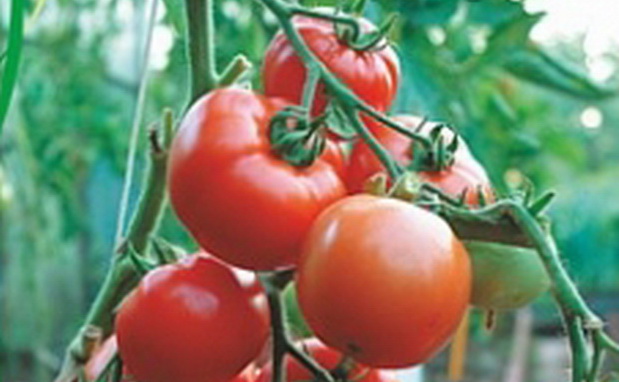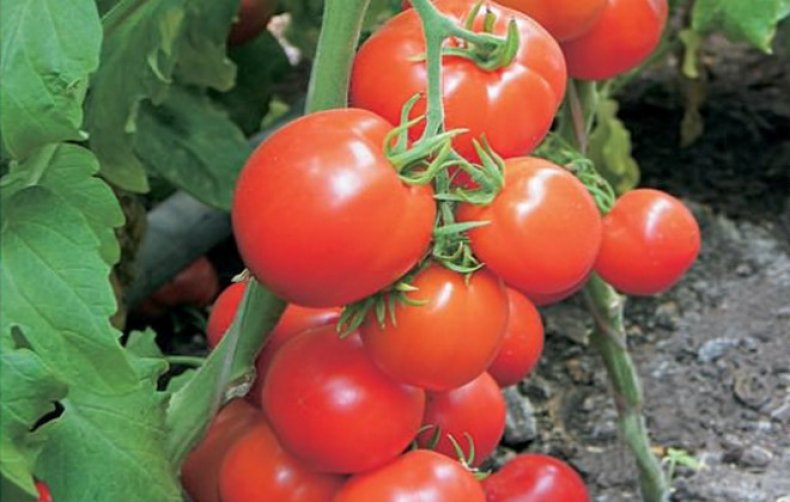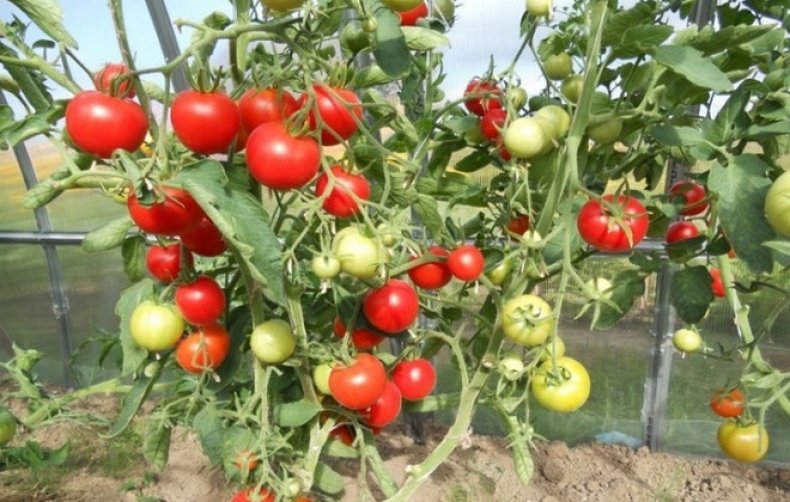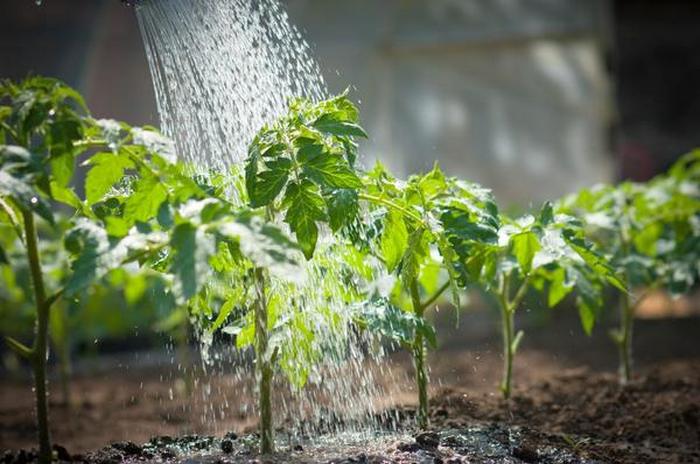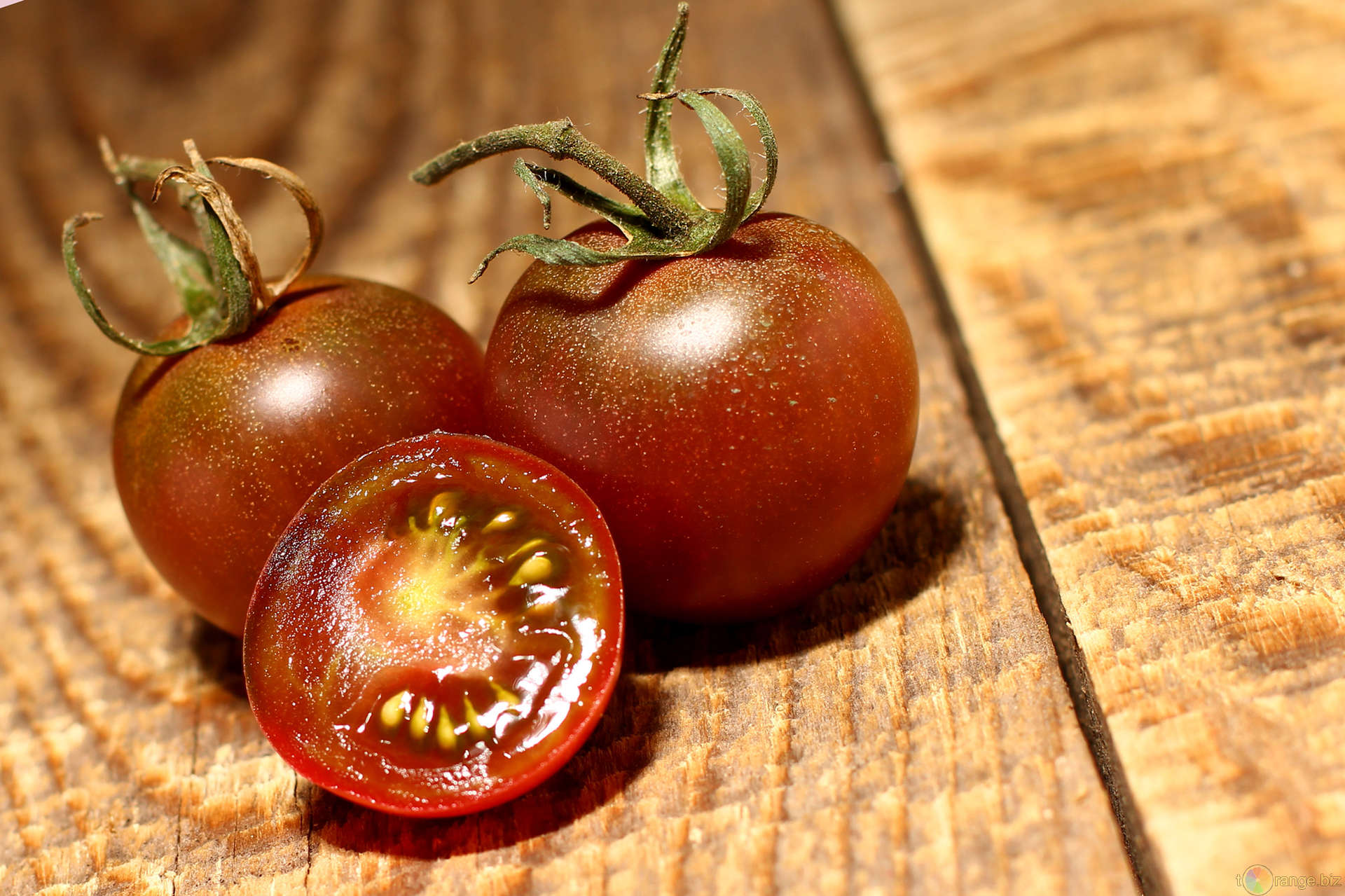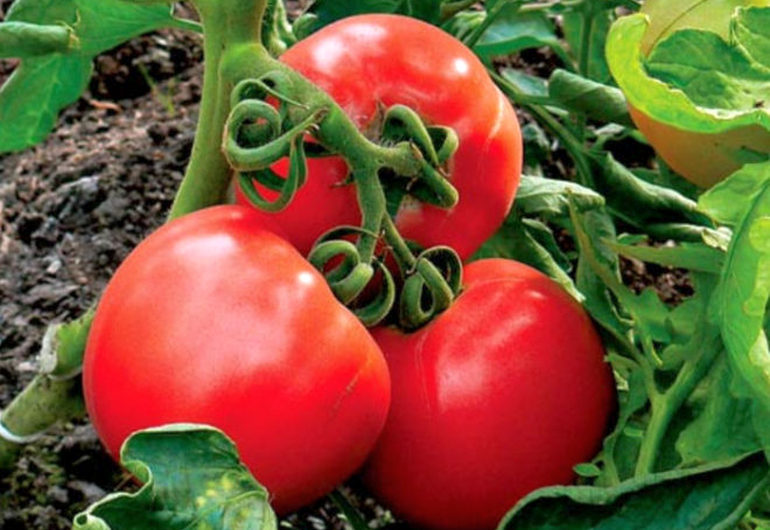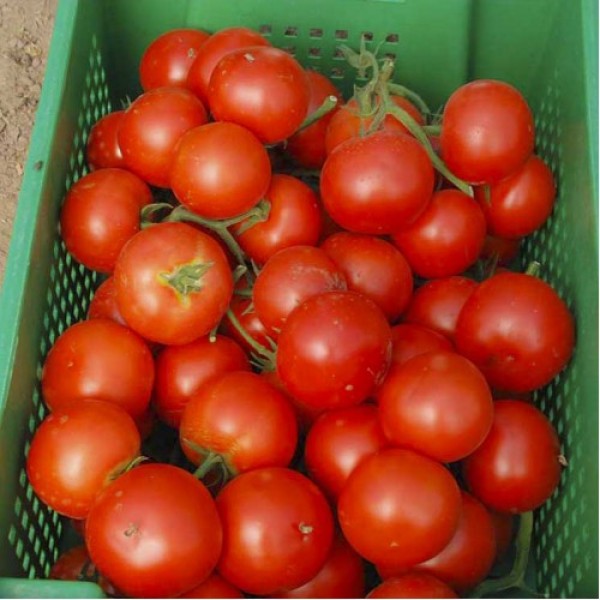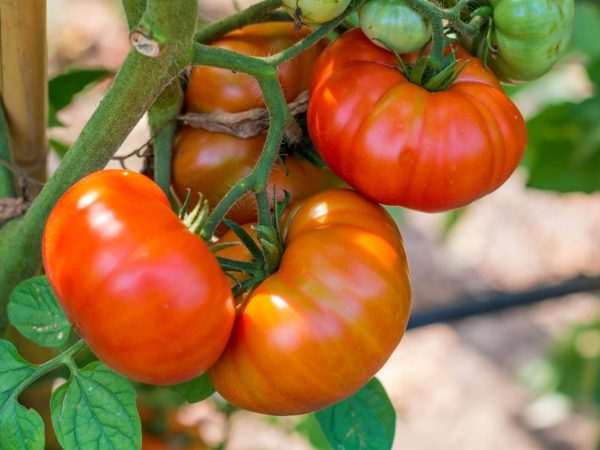Breeders are constantly creating new varieties of tomatoes. Scientists strive to increase yield, resistance to diseases and pests, difficult climatic conditions (frost, lack of moisture, and so on). Work is underway on taste, ease of care. Many modern scientific developments have embodied the Juggler tomatoes, which can be grown both outdoors and in greenhouses. At the same time, they have excellent taste and, with proper care, give a rich harvest.
Description of the variety
Tomato Juggler F1 belongs to early maturing hybrids of the first generation with high yields. The height of an adult bush is about 60 centimeters (in a greenhouse it can reach one meter). The plant is determinant, that is, it grows for a limited time, and upon reaching a certain height, growth stops. The foliage is quite compact on the bush, the amount of green mass is moderate. The color of the leaves is dark green, and they themselves are of medium size. The fruits are formed and ripen in clusters (each contains 8-10 tomatoes). With good care from one square meter of the garden, you can get from 9 to 16 kilograms of the crop (in greenhouse conditions, the yield can reach 24 kilograms per square meter).
Tomato Juggler has the following characteristics:
- Ripens early enough compared to other tomato varieties (the ripening period from the moment of germination is 90 to 95 days);
- The color of the tops is dark green, the shape is slightly corrugated;
- The inflorescence is simple;
- The fruits grow even, the peel is strong, which makes it easy enough to transport them over long distances, as well as store for a long time;
- The shape of the fruit is round, slightly flattened at the top and bottom;
- After the ovary, the color of the fruits is light green, then gradually, as they ripen, they turn red;
- The average weight of one tomato is 250 grams;
- Gardeners note excellent taste.
- A distinctive feature of the variety is its drought resistance.
The variety is very popular with farmers as high yields coupled with early ripening make them a great product. In addition, thanks to their strong skin, they can be transported to other regions, which greatly expands the marketing opportunities. The main use of tomatoes is canning or fresh consumption. The fruits tolerate heat treatment well, do not lose their shape, do not crack, therefore they are often rolled up in jars and eaten in winter.
Growing order
The above characteristic and description of the Juggler tomato variety forms certain requirements for its cultivation. Firstly, taking into account the climatic conditions in the regions of Russia, this variety, like others, should be planted in open ground only in the form of seedlings. Therefore, in the spring, seeds are laid in special containers, for which optimal conditions for germination are created. After the first shoots appear, the tomatoes are planted in separate containers for the development of the root system and obtaining all the necessary nutrients from the soil. Many farmers and gardeners immediately plant tomatoes in peat pots, which allows you to avoid picking and not disturb the shoots again.
It is recommended to plant Juggler tomatoes in late February or early March. The soil requires special preparation: an equal amount of earth, sand and humus should be mixed (the last component can be replaced with peat). It is much easier to purchase a ready-made mixture in the store, which is specially formulated to obtain high-quality tomato seedlings.
Before planting seeds in the soil, it is recommended to wrap them in a cloth well saturated with moisture for a day. This stimulates faster germination. Seeds are laid to a depth of no more than 1 centimeter. If separate containers are used, then 2-3 seeds are placed in each, and after the emergence of shoots, the strongest of the shoots is left. When using large containers, the seed spacing should be 2 centimeters to facilitate the picking process.
For several days, the containers are covered with foil to ensure optimal conditions for good germination. After the first shoots appear, the film is removed, and the containers are left in a well-lit and warm place. For Juggler tomatoes, the optimum temperature is from 20 to 25 degrees Celsius. At night, it is allowed to drop to 16 degrees Celsius. It is necessary to ensure a constant flow of fresh air into the room where the seedlings are grown, but when ventilating, drafts should be excluded.
It is better to water the seedlings from a spray bottle, which is used to spray the topsoil when it dries. If the plants grow too slowly, you can feed them with a mixture of ammonium nitrate and superphosphate (1 gram of nitrate and 2 grams of superphosphate are added to one liter of water).
Gradually (but not later than three weeks before planting tomatoes in open ground), the plant begins to accustom to natural conditions. To do this, they can be placed on a balcony or in other unheated rooms for several hours and gradually increase this period.
The site for planting should be chosen so that it is well consecrated. Before planting in open ground, it must be prepared so that the Juggler tomato gives the maximum yield. Preparation begins in the fall: the site is dug up and fertilized with rotted manure or compost. In the greenhouse, the soil can be fertilized with superphosphate and salt with a high potassium content.
The plant is planted in open ground after the stems reach a height of 25 centimeters, and there will be at least 6 leaves on them. Tomatoes are planted in beds at a distance of 40 centimeters from each other. Immediately after planting, the plant must be watered abundantly (the recommended amount of water is 5 liters per bush).
In the future, the irrigation scheme for this variety of tomatoes is as follows:
- the first watering after planting a tomato is recommended to be done no later than 7-10 days, but you should pay attention to the climatic conditions of the region (in the absence of precipitation and a lot of sun and wind, watering should be done earlier);
- before flowering begins, the plant should be watered once every four days (the volume of water is 3 liters per bush);
- in the period between flowering and the appearance of ovaries, watering is recommended once a week in the amount of 4 liters per bush;
- until ripening, tomatoes should be watered twice a week, 2 liters per bush.
When watering, it should be remembered that excessive moisture contributes to the appearance of fungal diseases and cracks on the fruits, which impairs their presentation, reduces the ability to transport and store.
Tomatoes Juggler are fed with mineral and organic fertilizers. In the season, the average amount of dressings does not exceed 5 times. It is necessary to take breaks between fertilization for 15-20 days.
Advantages and disadvantages
A description of F1 Juggler tomatoes would be incomplete without specifying their merits and demerits. The main advantages are:
- excellent taste characteristics;
- short term of fruit ripening;
- with proper care, a large harvest grows;
- resistance to adverse climatic conditions (drought, cold, and so on);
- ability for long-term storage and transportation;
- resistance to most diseases characteristic of other tomato varieties.
There are no significant shortcomings in Juggler tomatoes. The only one is the need for periodic feeding to ensure a high-quality harvest.
Thus, this variety is deservedly popular with both gardeners and farmers. It gives a bountiful harvest, does not require much maintenance, the fruits ripen early, while they have good keeping quality and ability to transport. The order of growing the described vegetable is standard for tomatoes - it is necessary to prepare seedlings and soil. The rules of land turnover should be observed and the vegetable should not be planted on the plots in a row for several years, as this will lead to a deterioration in the yield and impoverishment of the land even with constant fertilization.
